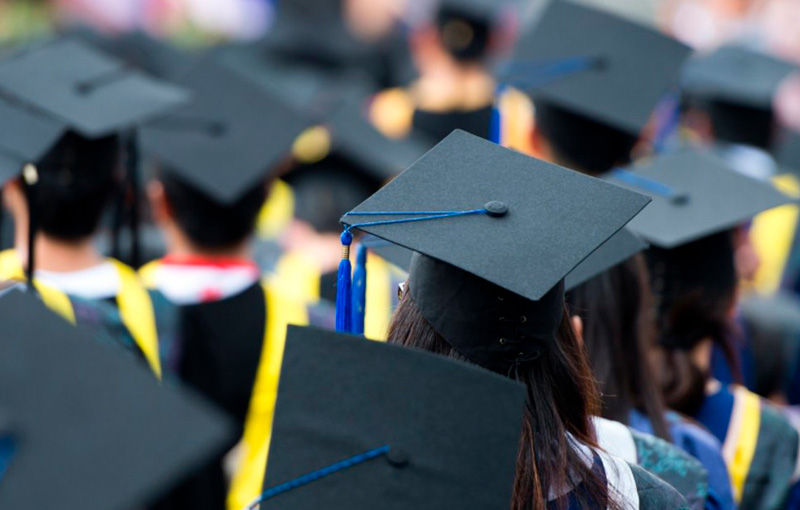Women’s Education in Central Asia
- Islam Sharipoff
- Aug 17
- 3 min read
In Soviet historiography, prerevolutionary Central Asia was often depicted through the lens of “total illiteracy” and the “oppressed status of women.” This narrative served an ideological purpose: to underscore the radical changes brought by Soviet power. Undeniably, there was no system of mass female education before 1917, and the overwhelming majority of girls had no access to formal schooling.

Yet, modern research and contemporary literary sources suggest a more nuanced picture. In certain social strata and urban families, forms of female literacy did exist. This does not deny the magnitude of the problem but shows that the reality was more layered than the simplified image drawn in Soviet-era works.
In cities, traditional female teachers known as otin-oyis (or bibi-khalfas) taught girls to read the Qur’an, learn the basics of religion, and sometimes practice calligraphy. Home-based education also played a role: fathers or brothers with madrasa training often passed on knowledge to daughters and sisters.
Literature of the time vividly illustrates this phenomenon. In Abdulla Qodiriy’s novel Scorpion from the Altar, the 17-year-old Ra’no is portrayed as having mastered the equivalent of an elementary curriculum by the age of fourteen: she knew the Qur’an, studied religious texts, was well-versed in the works of Navoi, Fuzuli, Hafiz, and Bedil, practiced calligraphy, and even kept her own poetry anthology. She not only helped her mother in teaching other girls but also continued studying Arabic grammar and classical literature with her father.

Equally significant are the depictions in the works of Abdulla Qahhor. His female characters are often literate or aspire to education, their lives unfolding against a backdrop of social transformation. These literary portrayals drew on real phenomena: by the late 19th and early 20th centuries, literacy among urban girls was not unheard of, especially in cultural or merchant families.
Thus, it would be inaccurate to speak of the complete absence of women’s education in Central Asia before 1917. It was not widespread, and it was socially limited — but it did exist, and that fact is important to acknowledge.

After 1917, the Bolsheviks set out to radically transform society. In Uzbekistan and across the region, literacy campaigns were launched, women’s clubs and schools were opened, and the zhenotdel (women’s department) played an active role. A symbolic milestone was the 1927 Hujum campaign — the unveiling of women — which was accompanied by extensive propaganda for female participation in public life.
The Soviet system undoubtedly expanded access to education: in the 1930s, thousands of women entered schools for the first time, and later technical institutes and universities. At the same time, the process was marked by coercion, heavy-handed policies, and inflated statistics. Many researchers note that official claims of “near-total eradication of illiteracy” in the 1930s were overstated, and that progress in rural areas lagged significantly behind.

Today, Uzbekistan has more than 200 institutions of higher education, including universities, institutes, and branches of foreign universities. According to the Ministry of Higher Education, Science and Innovation, women make up around 46% of the country’s student population. This figure marks remarkable progress compared to prerevolutionary and even early Soviet times, when female education was the exception.

However, challenges remain. Researchers highlight a persistent urban–rural divide: in rural areas, girls still face barriers to higher education. There is also a noticeable gap between enrollment and graduation rates, with many female students leaving their studies due to family responsibilities. Finally, while the number of female graduates is growing, women remain underrepresented in scientific and leadership positions.
In other words, while women’s access to education has expanded greatly, the system still has unfinished work ahead.






Comments